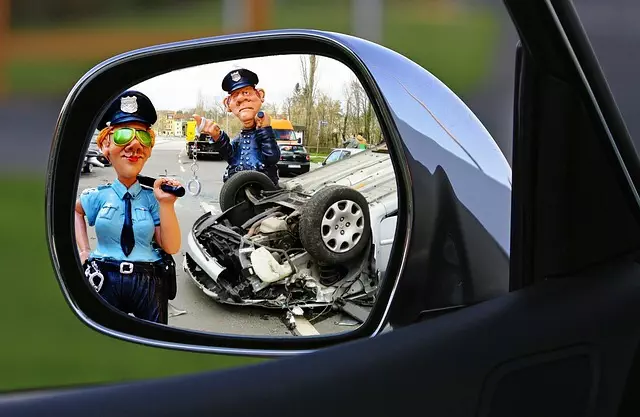In Manhattan, understanding cyclist right-of-way laws is crucial for safe navigation. Bicyclists have equal rights and responsibilities as other drivers, including occupying lanes for necessary maneuvers. Drivers must yield and provide at least three feet of space when passing cyclists. Specific traffic signals and signs enhance cycling safety. Understanding these rules helps protect cyclists' safety and reduce accident risks, especially in dense urban areas. For rideshare crash litigation in the Bronx, promptly gathering evidence and seeking timely legal counsel are essential to protect cyclist rights and pursue just compensation, particularly regarding right-of-way considerations in Manhattan.
“In the vibrant yet bustling city of New York, understanding the intricacies of cyclist right-of-way laws in Manhattan is paramount for safety and justice. This article guides you through the complex landscape of Rideshare Crash Litigation in the Bronx, a region where conflicts between cyclists, vehicles, and rideshare companies often arise.
Explore essential insights on navigating legal complexities, ensuring your rights are protected under Cyclist Right of Way Manhattan regulations. Uncover strategies for successful litigation, empowering you to advocate for your well-being on city streets.”
- Understanding Cyclist Right of Way Laws in Manhattan
- Navigating Rideshare Crash Litigation in the Bronx: A Comprehensive Guide
Understanding Cyclist Right of Way Laws in Manhattan

In Manhattan, understanding cyclist right of way laws is crucial for both riders and drivers alike to ensure safe navigation. Bicyclists are considered vehicles on the road, with all the rights and responsibilities as any other driver. This means cyclists have the right to occupy a lane when it’s necessary, such as when passing obstacles or making left turns. Drivers must yield to cyclists in these situations, giving them at least three feet of space when passing. Awareness of these laws can help prevent crashes and reduce liability for both parties.
Moreover, Manhattan has specific traffic signals and signs designed to facilitate cycling safety. Cyclists should familiarize themselves with these regulations, including stop signs and red lights, which apply to them just as they do to motor vehicles. By adhering to these rules, cyclists can protect their safety and minimize the risk of accidents, especially in dense urban areas like Manhattan where interactions between different modes of transportation are frequent.
Navigating Rideshare Crash Litigation in the Bronx: A Comprehensive Guide

Navigating Rideshare Crash Litigation in the Bronx involves understanding complex legal and safety considerations, especially for cyclists navigating city streets. In this vibrant urban landscape, where bustling activity is a constant, riders share the road with both vehicles and pedestrians, making right-of-way rules crucial. In terms of cyclist rights, New York City laws prioritize their safety, granting them specific protections when sharing the road.
When a crash occurs, involving a rideshare vehicle and a cyclist in Manhattan or any part of the Bronx, it’s essential to consider fault and liability. This comprehensive guide encourages victims to gather evidence promptly – from security footage to witness statements – to strengthen their case. Remember that timely legal counsel can significantly impact the outcome, ensuring cyclists’ rights are protected and just compensation is pursued.
In navigating rideshare crash litigation in the Bronx, understanding the cyclist right of way laws in Manhattan is crucial. These regulations are designed to protect vulnerable road users and can significantly impact legal outcomes. By comprehending these laws, riders, witnesses, and litigators alike can ensure fair and just resolutions, fostering a safer environment for cyclists and drivers alike across both boroughs.
